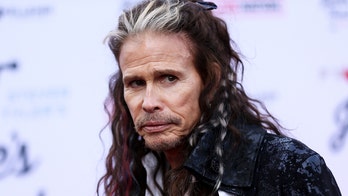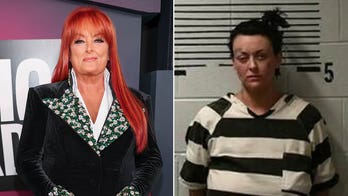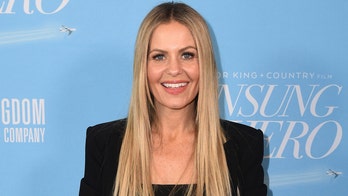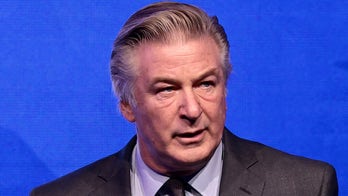LOS ANGELES – This past weekend tens of thousands of country music fans attended the three-day, boot-scootin’ festival known as Stagecoach. The headliners were Eric Church, Jason Aldean and Luke Bryan, supported by Brantley Gilbert, Hunter Hayes and Florida Georgia Line. And with all the crooning about beer, trucks, and chicks, one thing was clear – women were playing second fiddle.
Of the 62 acts, only 16 were women, most of whom did not make it on the main stage. Those who did were also on early in the day before the big crowds arrived, with Jennifer Nettles of Sugarland fame the only one to receive a relatively prime position ahead of Hayes and Aldean on the second night.
Similarly, last year, the lineup had just eight female performers out of 46.
According to Billy Dukes of country music news site TasteofCountry.com, ladies are indeed losing ground in the genre.
“It has been especially tough for solo female artists for a decade, with only three having any sustained success (Taylor Swift, Carrie Underwood and Miranda Lambert) and there aren’t any female soloists that have found success and are up and coming,” he told FOX411. “There is no female equivalent of Hunter Hayes, a male solo artist just about ready to break and become a headliner.”
Last month’s prestigious Academy of Country Music Awards were – for the second consecutive year – hosted by chart-dominating males Luke Bryan and Blake Shelton. As it stands on the iTunes Country Chart, Shelton’s wife Lambert is the only lady in the Top 20. Last year, no female at all made it to number one, and over the past decade, just six have hit the top spot.
Some industry experts are putting it down to the rampant popularity of “bro-country”: frat-like/spring break-ish tunes exemplified by the likes of Florida Georgia Line’s “Cruise,” (“Baby you a song, you make me wanna roll my windows down and cruise,”) Blake Shelton’s “Boys Round Here” (“Yeah the boys 'round here, drinking that ice cold beer. Talkin' 'bout girls, talkin' 'bout trucks. Runnin' them red dirt roads out, kicking up dust”) and Luke Bryan’s “Drunk on You” (“Roll down the windows, turn it on up. Pour a little crown in a Dixie cup. Get the party started.”)
“As the songwriting has become more shallow and hooky, and at times hip-hop laced, males singing this music have become more popular, and no current female is hitting that niche,” said singer/songwriter Beau Davidson. “Consequently, sponsors and advertisers will flock to this trend or whatever is popular, so those acts get more airplay and headlining gigs. Airplay is very corporate, and playlists are identical from coast to coast, so until a paradigm shift happens, the ‘Parking Lot Party’ may ‘Cruise’ along like this for a while.”
Tiffany McPherson, Program Director for Today’s Country Music Channel on Music Choice also noted that the males leading the current country charge are typically asked to headline more festivals due to their ability to bring a more “good time” type vibe – putting on a “great show with a bit of a rock spin,” and opening up country music to a younger demographic.
This doesn’t bode well for women in country.
“You would think that we would be farther along in the thinking about women in country music,” Carrie Underwood told Billboard this year. “There is no certainly no shortage of talented ladies out there that want so badly to get their fair shot in this business but there seems to be room for only a few.”
This wasn’t always the case. In 1999, for example, six of the top 10 charted acts were female.
“Country has been one of the more equal genres, going way back to the legends – Patsy Cline, Dolly Parton, Tammy Wynette, Loretta Lynn – there have always been big female stars in country,” explained Rolling Stone journalist, Steve Baltin. “In new country it does seem to be different, men are dominating charts and tickets. But the right albums can change that. It’s cyclical base on who has new music out.”
Relative newcomer Kacey Musgraves is having some luck skirting the boy’s club, having scooped a Grammy this year as well as a coveted performance slot. Women have also been finding success in country duos and groups.
“Lady Antebellum, the Band Perry and Sugarland have been dominant during this decade,” added Dukes. “But headliners are born from success on the radio. So the void of female headliners is explained by the lack of females on the radio. I don’t think it’s because country fans don’t want women on the radio. I think it’s because we tend to like what we know, and right now we know men. The system kind of feeds itself.”
Follow @holliesmckay on Twitter.






